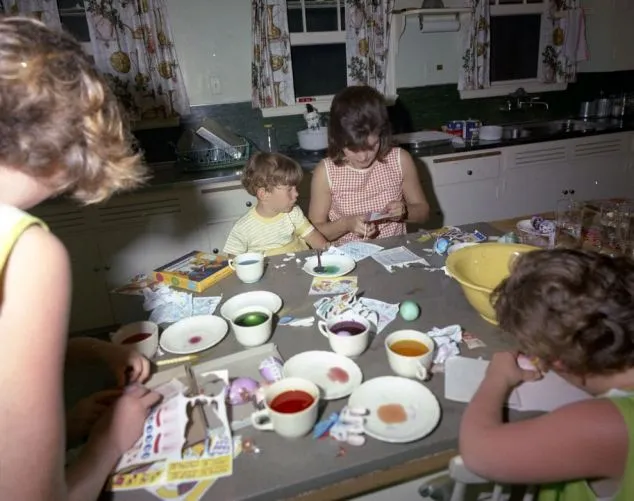New York City in the winter of 1895 was a captivating blend of charm and challenge. As the city embraced the holiday season and the onset of winter, its streets and landmarks transformed into a winter wonderland, complete with horse-drawn carriages, gas-lit streets, and the hustle and bustle of a rapidly growing metropolis.

The streets of New York in 1895 were a sight to behold during the winter months. The iconic brownstone buildings were adorned with wreaths and gas lamps, casting a warm glow across the snow-covered sidewalks. The clatter of horse hooves against cobblestone streets resonated through the air as carriages, adorned with festive decorations, navigated the city's thoroughfares. Despite the absence of modern conveniences, the city exuded a magical ambiance that drew both residents and visitors into its enchanting embrace.

One of the quintessential experiences of a New York winter in 1895 was the transformation of Central Park. Blanketed in a pristine layer of snow, the park became a winter playground for the city's inhabitants. Ice skating on the frozen ponds, sleigh rides through winding paths, and snowball fights were popular pastimes. Families bundled up in their finest winter attire, and children reveled in the joy of building snowmen in the heart of Manhattan. The park became a serene escape from the urban hustle, offering a picturesque setting for leisure and recreation.

As winter descended upon the city, the holiday spirit took hold of New Yorkers. The shop windows along Fifth Avenue and Broadway transformed into elaborate displays, showcasing the latest fashions and festive decorations. Department stores, such as Macy's and Lord & Taylor, competed to create the most extravagant and enchanting window scenes, drawing crowds eager to witness the magic of the season. The streets echoed with the melodies of carolers, and the aroma of roasted chestnuts wafted through the air, creating an atmosphere of joy and celebration.

The winter social scene in 1895 New York was marked by a series of grand balls and soirées. The city's elite gathered in opulent ballrooms, adorned in lavish gowns and tailored suits, to partake in the season's festivities. Notable venues like The Waldorf-Astoria and The Plaza Hotel hosted extravagant events, providing a glamorous backdrop for the city's high society to see and be seen. The waltz and polka were the dances du jour, and the city's social columns buzzed with reports of the glittering affairs that defined the winter social calendar.

However, amidst the glittering festivities, the challenges of winter in 1895 were ever-present. The lack of central heating and insulation meant that even the most affluent households faced the biting cold. Coal stoves and fireplaces were the primary sources of warmth, and families huddled around them for comfort. Snowstorms could disrupt transportation and commerce, making daily life a logistical challenge. Yet, in the face of these hardships, the resilience and spirit of New Yorkers shone through, as they adapted to the seasonal demands with a sense of community and camaraderie.

The late 19th century also marked a period of innovation and progress in New York. The completion of the Brooklyn Bridge in 1883 had already connected Manhattan and Brooklyn, and advancements in transportation continued to reshape the city. Horse-drawn streetcars traversed the snowy streets, providing a novel mode of transportation. Meanwhile, the advent of electric lighting began to replace gas lamps, gradually illuminating the city with a brighter and more modern glow. The juxtaposition of old-world charm and burgeoning technological advancements defined the unique character of New York in the winter of 1895.

In conclusion, New York City in the winter of 1895 was a captivating blend of tradition and progress, where the charm of gas-lit streets and horse-drawn carriages coexisted with the challenges of the season. The city's transformation into a winter wonderland, with Central Park as its snowy centerpiece, offered a picturesque backdrop for both leisure and celebration. As New Yorkers navigated the logistical challenges of winter and embraced the holiday spirit, the resilience and community spirit that characterize the city became apparent. The winter of 1895 was a chapter in New York's history that reflected the dynamic and evolving nature of a city poised on the cusp of modernity.



